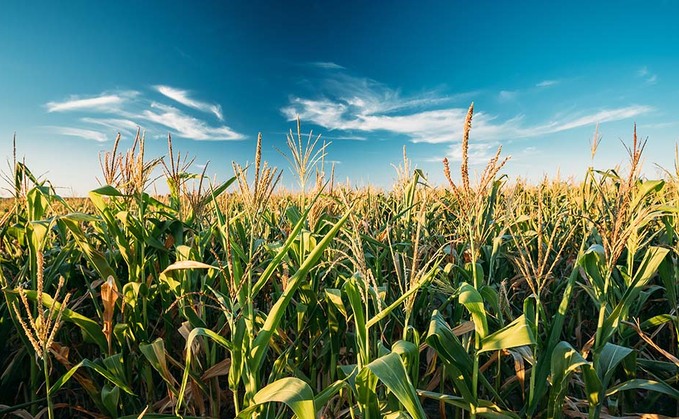
Recent cool, damp conditions are favouring maize eyespot with the first and most serious infection occurring in mid-July when the crop is at the 10-leaf stage. It can hit yield by up to 60 per cent, according...

Recent cool, damp conditions are favouring maize eyespot with the first and most serious infection occurring in mid-July when the crop is at the 10-leaf stage. It can hit yield by up to 60 per cent, according...